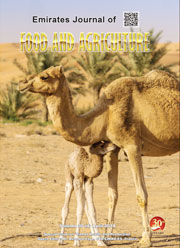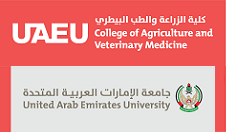RECYCLING CARDBOARD WASTES TO PRODUCE BLUE OYSTER MUSHROOM PLEUROTUS OSTREATUS IN IRAQ
DOI:
https://doi.org/10.9755/ejfa.2015.04.118Keywords:
cardboard, cultivation, paper wastes, Pleurotus ostreatus, yieldAbstract
This study revealed successful use of industrial wastes to blue oyster mushroom cultivation as an easy method in Iraq. Some characteristics of yield were calculated using four substrates; S1 (100% wheat straw), S2 (100% cardboard), S3 (50% wheat straw and 50% cardboard) and S4 (30% wheat straw and 70% cardboard), using two capacities of bags 30×50 cm and 25×20 cm. The best total yield performance was 136.3 g/bag by S2 in big bags; also, the best significant (P<0.05) biological efficiency (BE) reached to 68.1% by same substrate in small bags, followed 49.5% and 35.6% for S3 and S4 by same type of bags. Anyway, the yield rate increased, the biological efficiency also increased, that due to a positive correlation (r=0.41) between yield and biological efficiency. While, a negative correlation (r= -0.36) between rates of fruiting bodies weight and their numbers appear in this study that agree many studies. In conclusion, the use of cardboard not only increased the yield but also provided more biological efficiency because of the positive correlations between biological efficiency on the one hand and the diameter of cap and productivity from another hand. The total yield by S2 was exceeding 466% comparison as S1 in big bags. The big bags were raised the productivity to average 170% compared with small bags too in general, which considered useful economically to raise the national income in large containers into cardboard as a cellulosic wastes instead of the common substrate (wheat straw), which used as a fodder for livestock in this homeland at least appreciation.










 .
. 